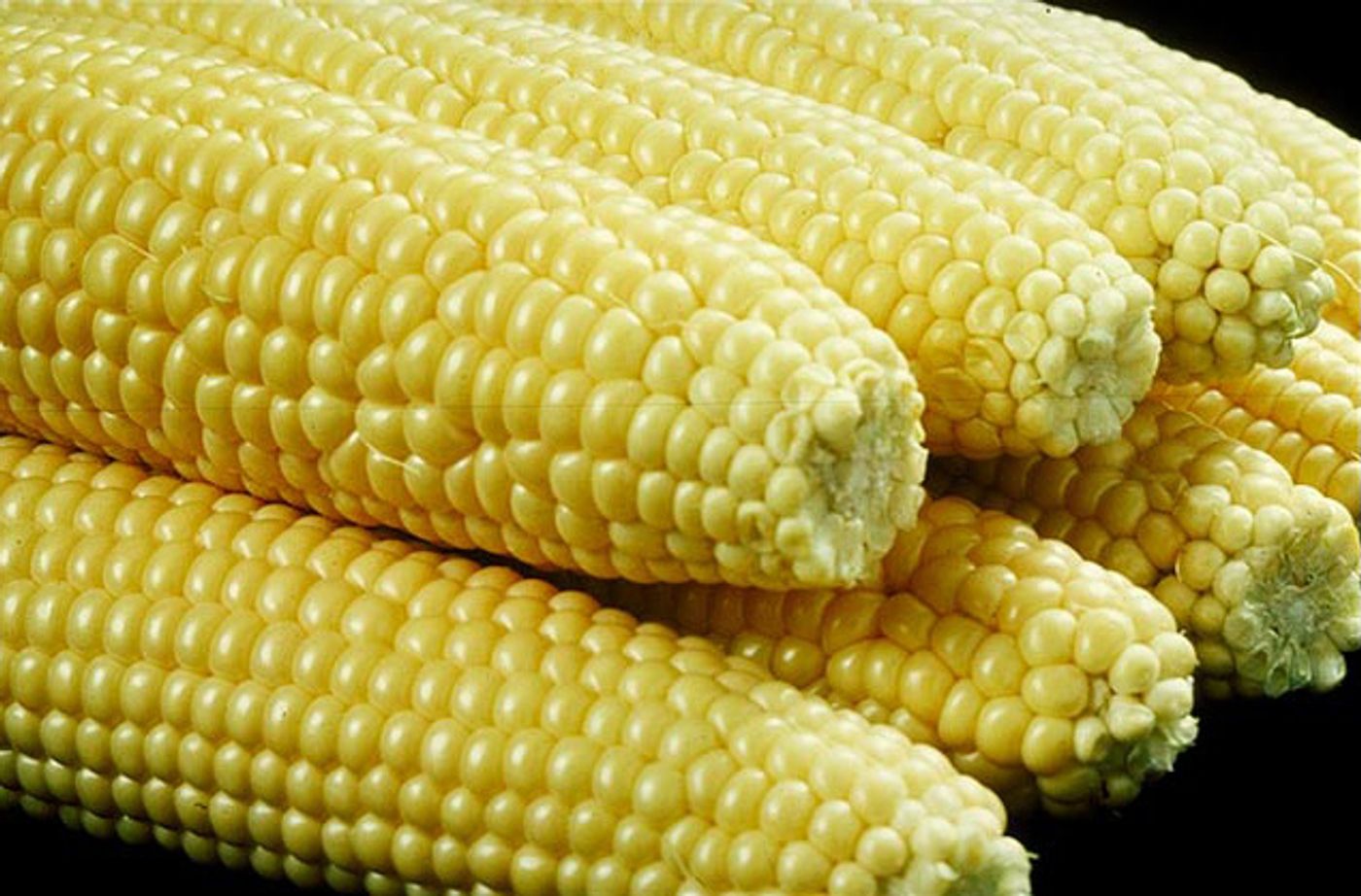Farmers who are considering selling corn residue from their fields to produce cellulosic ethanol first should weigh a range of site-specific factors to their operations, according to new research from an Iowa State University agronomist.

Mahdi Al-Kaisi, a professor of agronomy, is urging farmers to take a thoughtful approach that accounts for variables such as topography, tillage system, nitrogen application and the amount of organic matter present in theirsoil to determine how much corn residue, or the plant material left behind after harvest, they should part with.
"Residue removal has some real environmental impacts on soil health and water quality," Al-Kaisi said. "It needs to be approached thoughtfully and on a site-specific scondition basis."
His most recent publication, appearing in the peer-reviewed Soil Science Society of America Journal, shows how a decrease in crop residue can lead to increases in from the soil.
Al-Kaisi began the study in 2008. The research examines how the loss of corn residue interacts with other variables to affect soil quality and the environment. The need for the research arose from the continued development of cellulosic ethanol, a biofuel made from corn residue. One cellulosic ethanol plant is up and running in Emmetsburg, and another is under construction in Nevada.
But as the technology continues to mature, cellulosic plants will require more and more feedstock to fuel production. Much of that feedstock likely will come from crop residue on Iowa farmland. Al-Kaisi said research like his will help to balance the needs of the cellulosic ethanol industry with information that can help farmers safeguard their soil.
The research team conducted experiments at two locations, one in central Iowa and one in southwest Iowa, and monitored the effects of removing portions of corn residue from the test plots on yield, soil organic matter, greenhouse gas emissions and soil quality. The team also tested how various residue removal levels interact with different nitrogen rates and tillage systems such as no-till and conventional tillage.
The research found a general increase in the emissions of carbon dioxide and nitrous oxide from all residue removal plots as nitrogen application increased. They also found that conventional tillage led to an increase in carbon dioxide emissions regardless of the residue removal level.
As residue is removed, black surface soil is exposed to direct sunlight. The dark surface absorbs heat and results in an increase in the oxidation of organic matter and the release of carbon dioxide, Al-Kaisi said.
A previous paper published as a result of the study noted residue removal results in less organic matter in the soil, which Al-Kaisi said could lead to diminished productivity in the long term. Farmers should also exercise caution when considering the removal of residue from fields prone to erosion.
"Residue protects soil from wind and water erosion, so removing it should be based on field-specific conditions and potential soil erosion," Al-Kaisi said. "Farmers who are going to remove corn residue should make sure they know how these different factors interact when making these decisions."
Provided by Iowa State University









